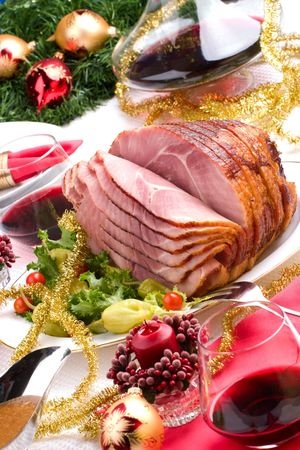

Food Safety Tips: Christmas Ham
Many people choose ham as the main source of protein at their Christmas meal; generally, it is a safe and delicious alternative to turkey. It is important to know, however, that ham is a perishable food that requires proper handling. The best way to ensure a safe Christmas Ham meal is to follow food safety tips for proper storage, preparation, and cooking.
Food Safety Tips for your Christmas Ham
Read More

Social Hosting: Underage Minors
Many teenagers and other underage minors choose to consume alcohol. Some parents mistakenly believe that providing a “safe place” for their teenager and his or her friends to drink is better than letting them drink elsewhere. When you allow your teen to drink under your roof you become a social host. Things can quickly get out of control when alcohol is being consumed; someone may get injured on the premises or drive away and injure themselves or someone else in a drunken car accident and you could be held liable.
Most underage drinkers get their alcohol from social sources such as parents, siblings, and friends at parties and other social gatherings. Some states and local communities including Washington have taken steps to hold liable those people who provide or serve alcohol to minors or allow drinking on their property.
Social Hosting Defined
Read More

Cold Weather Safety Tips for your Pet
When the cold weather hits we tend to stay indoors more and bundle up when we go outside. The same rules should apply to our four-legged friends; they are also susceptible to hypothermia and frostbite in extreme cold weather. Exposed skin on noses, ears, and paw pads can quickly freeze and suffer permanent damage.
Follow these cold weather safety tips to keep your pet safe this winter:
Read More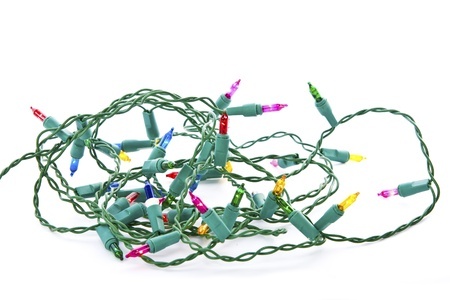

Top Safety Tips for Outdoor Christmas Lights
Many people look forward to decorating for Christmas and enjoying the beautiful lights set out by their neighbors but outdoor lights can be a safety hazard if they are hung incorrectly. Running through a basic Outdoor Christmas Lights safety checklist can help you to avoid an unnecessary injury.
Top Safety Tips for Outdoor Christmas Lights
When shopping for Christmas lights:
Read More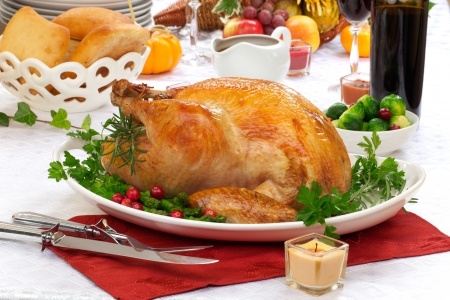

Top 7 Turkey Safety Tips
It’s three days to Thanksgiving and if your frozen turkey is 16 to 20 pounds it should be defrosting today if you want to use the safest thawing option: the fridge. (Note: if your turkey is above 20 pounds you may need to run it in a cold water bath first to get it thawed in time). We all look forward to a delicious Thanksgiving meal and the last thing we want is to give food poisoning to our family because we didn’t follow basic turkey safety tips.
Top 7 Turkey Safety Tips
Read More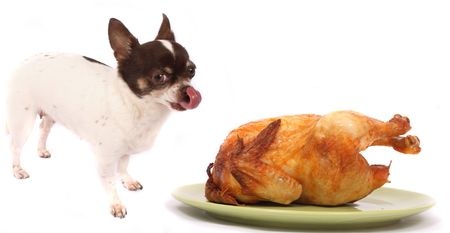

Top 10 Thanksgiving Pet Safety Tips
Thanksgiving is full of food, family, and thankfulness. As people gather for their thanksgiving feast, they may be tempted to indulge their pets as well. Pets are more likely to be given table scraps and other treats over the holiday but owners should understand that too much divergence from a pet’s regular diet can cause illness or injury. Follow these pet safety tips to keep all your loved ones safe this Thanksgiving.
Thanksgiving Pet Safety Tips
Read More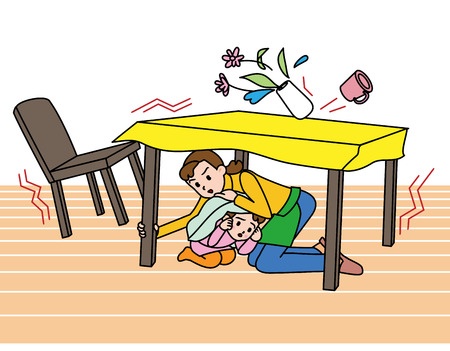

Earthquake Safety Preparedness
Many of us remember earthquake drills in our early school days but a good refresher on what to do in case of an earthquake is a good idea. The same simple earthquake safety instructions are still being taught today: if you feel an earthquake DROP to the ground, take COVER under a desk or table and HOLD on to the desk or table top or leg so it doesn’t bounce away. Don’t move until 30 seconds after the shaking stops.
Most injuries sustained during earthquakes occur because of a blow from a falling object or a loss of footing during the shaking. Those who are able to get under safe cover within 3-4 seconds can often reduce their risk of injury. If you find yourself in a room without a table or desk, your goal should be to make sure that your head is not the tallest thing in the room by getting low, covering your head and sitting beside an inside wall or heavy furniture or between furniture or rows of chairs.
Read More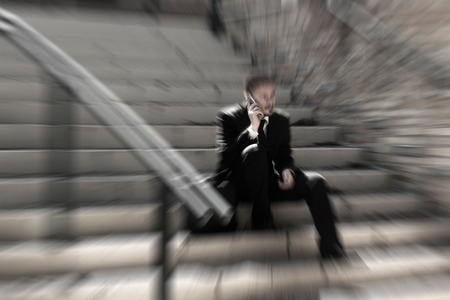

How to Prepare for an Emergency
You never know when you will be faced with an emergency that will affect you, your spouse, children and pets. It is smart to talk in advance and come up with a plan of action in case disaster strikes.
Prepare yourself and your family for any emergency by planning ahead. Think about where your daily activities take you and your family. Who depends on you and who do you depend on? How would an emergency affect your day? If someone in your family relies on special equipment or medications include plans to ensure that these needs will continue to be met.
Build a Family Plan
Read More

Carbon Monoxide Safety Tips
Carbon Monoxide is known as a silent, invisible killer; it is created when fuels such as wood, natural gas, and propane burn incompletely. We are most vulnerable to carbon monoxide poisoning in our homes where heating and cooking equipment that burn fuel can create the deadly gas. Cars or generators running in an attached garage can also produce dangerous levels of carbon monoxide. In 2010, fire departments responded to over 80,000 calls for carbon monoxide in homes.
Many more carbon monoxide detectors have been installed into homes in recent years because of more awareness of the deadly effects of this gas and because of new building codes that require alarms. Still, many people need to be informed of the dangers of carbon monoxide poisoning.
Read More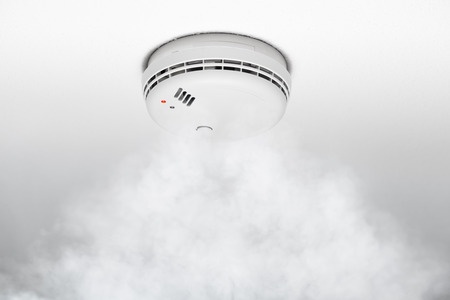

Smoke Alarms Save Lives! How to Install a Smoke Alarm Properly
When properly installed and maintained, smoke alarms save lives by alerting residents of smoke and fire thereby reducing fire deaths and injuries. In fact, having a working smoke alarm cuts the chances of dying in a reported fire in half. Almost two-thirds of home fire deaths resulted from fires in homes with no smoke alarms or no working smoke alarms.
How do I install a smoke alarm correctly?
For many years NFPA 72, the National Fire Alarm and Signaling Code, has required that at minimum a smoke alarm be installed inside every bedroom, plus outside each sleeping area and on every level of the home including the basement. Homes with particularly large square footage should consider having at least two alarms on each level.
Read More